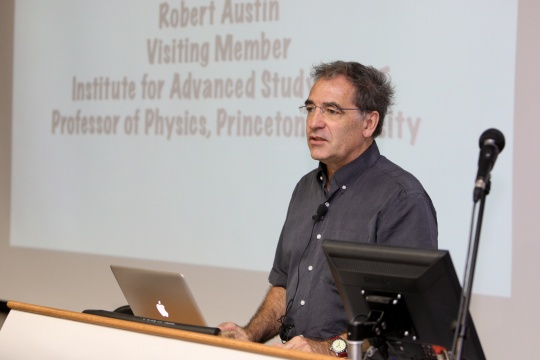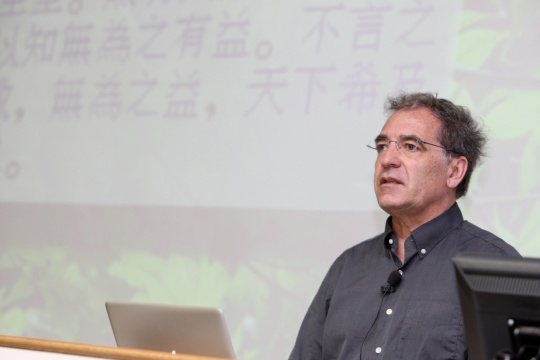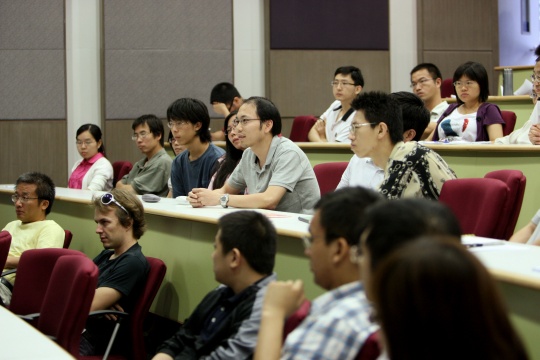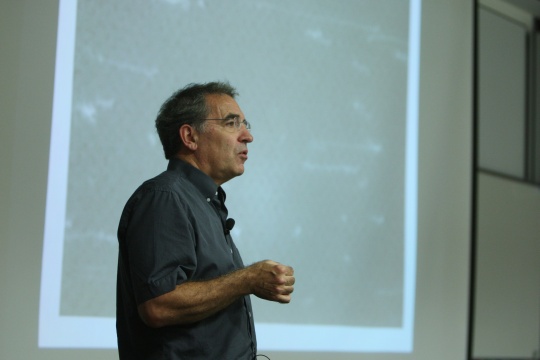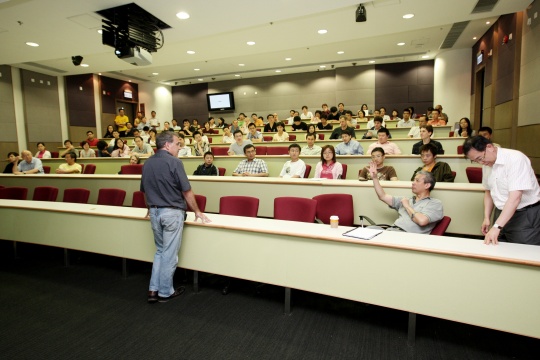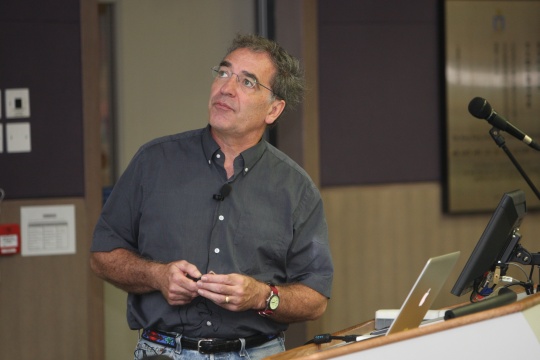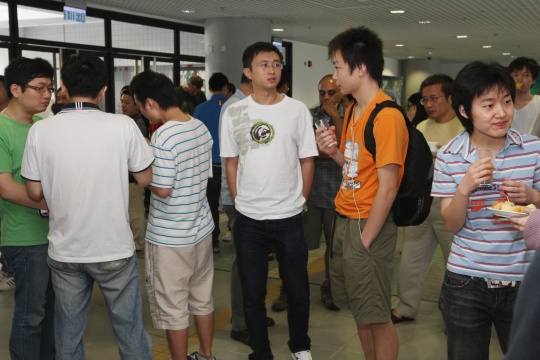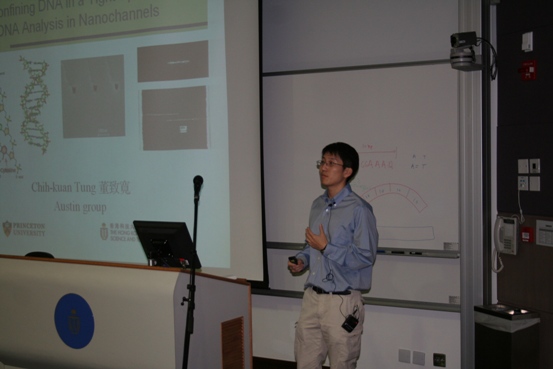The Unbearable Lightness of Being: An Introduction to The Role of Softness in Biological Molecules
Abstract
Schrodinger speculated in his epochal 1944 monograph “What is Life?” that biological molecules, and the genetic material in particular, must be some sort of “a-periodic crystal”. We have come a long way since then thanks to the tools of physics, but the idea of “crystals” still holds sway when talking about protein and DNA structure. In fact, biological molecules are conformationally flexible: they are soft. This softness is extremely important in understanding how biological molecules function. The speaker will discuss the role that softness plays in the “being” of biology using work from our lab over the years.
About the speaker (Provided by Prof. Robert Austin)
Prof. Austin received his PhD degree in Physics from the University of Illinois at Urbana-Champaign in 1976, under the supervision of Prof Hans Frauenfelder. His PhD thesis was about the experimental temperature-dependent dynamics of proteins and was the first presentation of the free energy landscapes of proteins. After his graduation, he spent 3 years as Max Planck Stipendiat at the Max Planck Institute for Biophysical Chemistry in Goettingen, Germany (West Germany at the time). Then he returned to the US and took an assistant professorship at Princeton University and has stayed therein ever since. He is currently Professor of Physics at Princeton. Prof. Austin's research interests are in experimental biological physics over a wide range of areas: Fundamentals of Protein Dynamics: Energy Landscapes and Quantum Mechanics of Proteins, DNA Dynamics: sequence influences, Nanotechnology: DNA Dynamics, Nanotechnology: Micro/nanofluidics and recently Ecology and Evolution Dynamics. He has been an Editor for Physical Review Letters, has served twice as a Councilor for the American Physical Society, has been Chair of the Division of Biological Physics, American Physical Society and the US Liaison Committee for the International Union of Pure and Applied Physics. He is a Fellow of the American Physical Society, a Fellow of the American Association for the Advancement of Science, a Member of the National Academy of Sciences, a Fellow of the American Association of Arts and Sciences, and won the Lilienfeld Prize, American Physical Society.

